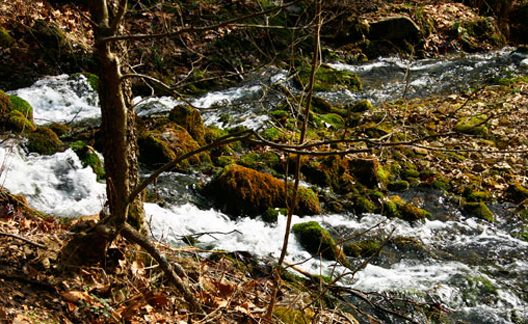Turner Spring
by Joshua Heston
Fifteen miles south of Winona, Missouri, gravel roads wind eastward from Highway 19. It is the way to Turner Spring, a small, beautiful spring flowing into the Eleven Point River.
Like many such places in the rocky wilds bordering the melancholy of the Irish Wilderness, Turner Spring is not easy to find. Also, like many of the great places of the Missouri Ozarks, Turner Springs can seem unprepossessing at best — upon first glance.
A winding, gravel road. Simple river access. The gray branches of witch-hazel reach over wide flowing waters.
The Eleven Point River is wide here — respectably wide, in part due the massive Greer Spring just a few miles upstream.
Elm, dogwood, hawthorn —bare in the February chill — obscure the path. It is a muddy path (these river bottoms collect a silty, umber-colored mud that manages to cling to everything).
The path skirts lowland, swamp-like banks thick with still-green river reed, the waters overflowing with beds of watercress.
Further up the branch — incongruously— a 25-foot high steel mill wheel stands (PLATE 2). It is all that remains of Turner Mill, refurbished in the 1890s, to accompany a nearby settlement now-gone. The wheel, now clogged with watercress and twigs, appears almost steam-punk, an industrial, Victorian absurdity in the midst of a lonely nature.
Short steps away, the path steepens. Mud is replaced by stone and the view opens onto the spring itself.
As far as Ozarks springs go, Turner Spring is small, barely worth mentioning. Each day, only an average of 1.5 million gallons of water flow from the grotto at the base of the bluff (the afore-mentioned Greer Spring averages 222 million gallons per day).
But in the golden afternoon light, technical rankings and hydrology details are forgotten, replaced instead by poetry.
Sparkling streams bubble from beneath rocks, beside patches of intensely green moss, and from the foot of gnarled tree roots.
The torn and rocky hillside itself is alive with small springs.
Above, a massive rock bluff towers, framed by weathered cedars (PLATE 4).
The grotto — a thin but gaping rift at the base of the rock wall — is a glimpse into a dark underworld.
A lone eastern pipistrel bat clings to the rocky grotto ceiling, sleepily surveying the dying sun.
It is a land of magic and light where shadows quickly deepen over bright waters.
A Tolkien-esque atmosphere invades, pushing away the heaviness of a world populated by mortals.
Time is still, broken only by the sound of an owl hooting at nightfall.
Silence, then, reigns over Turner Spring, save the sound of running water.
It is the magic of the Ozarks’ wild lands.
Plate 1.
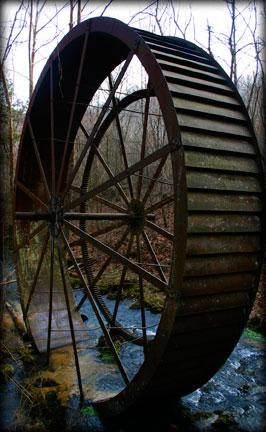
Plate 2. The 25-foot high mill wheel reminds visitors of the settlement which used to thrive near Turner Spring.
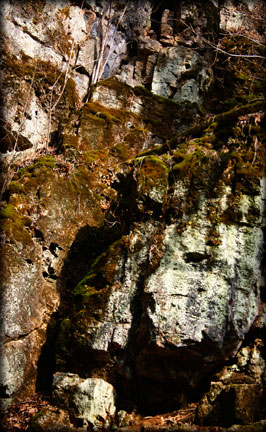
Plate 3. Ragged bluffs stand against the afternoon sun.
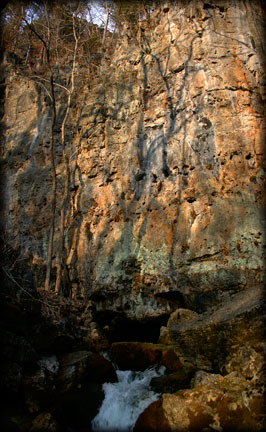
Plate 4. Turner Spring issues from the base of the bluff, towering above the treeline.
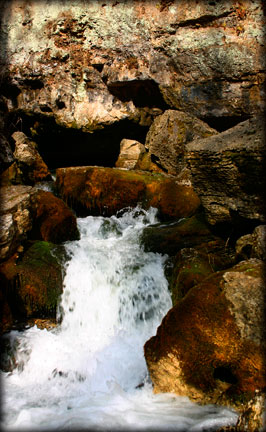
Plate 5. Approximately 1.5 million gallons of water stream from the mountain each day.
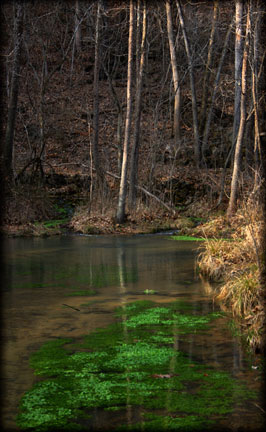
Plate 6. Further down the spring branch, brilliant patches of watercress brighten the scene.
